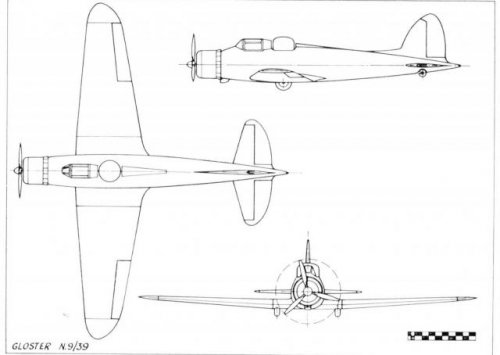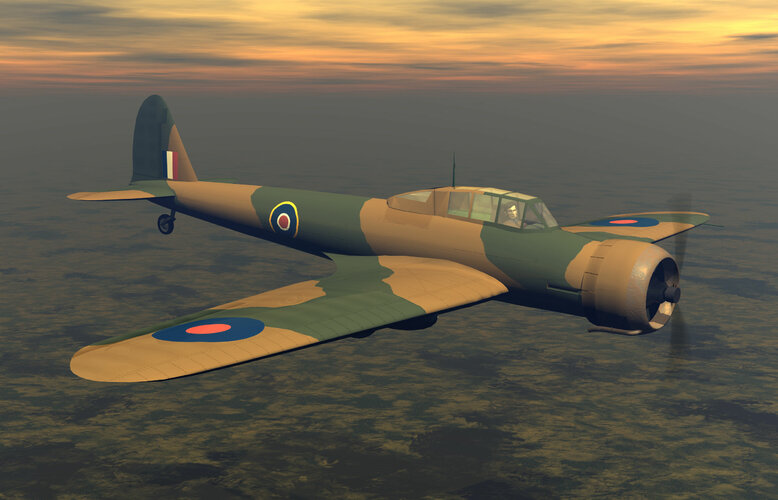- Joined
- 26 May 2006
- Messages
- 34,922
- Reaction score
- 15,794
Hi,
the British N9/39 Spec. was for carrier based naval fighter,the main tenders were;
Blackburn B-31,Hawker,Gloster,Fairey and Supermarine-334.
The Gloster N9/39 was a single seat low-cantilever-wing project,powered by
1550 hp Bristol Hercules VI or Napier Sabre I engine.
http://alternathistory.org.ua/proekt-dvukhmestnogo-bashennogo-istrebitelya-gloster-n939-velikobritaniya
the British N9/39 Spec. was for carrier based naval fighter,the main tenders were;
Blackburn B-31,Hawker,Gloster,Fairey and Supermarine-334.
The Gloster N9/39 was a single seat low-cantilever-wing project,powered by
1550 hp Bristol Hercules VI or Napier Sabre I engine.
http://alternathistory.org.ua/proekt-dvukhmestnogo-bashennogo-istrebitelya-gloster-n939-velikobritaniya



